Is indoor cycling good for you?
Training on a static exercise bike is more relevant now than ever
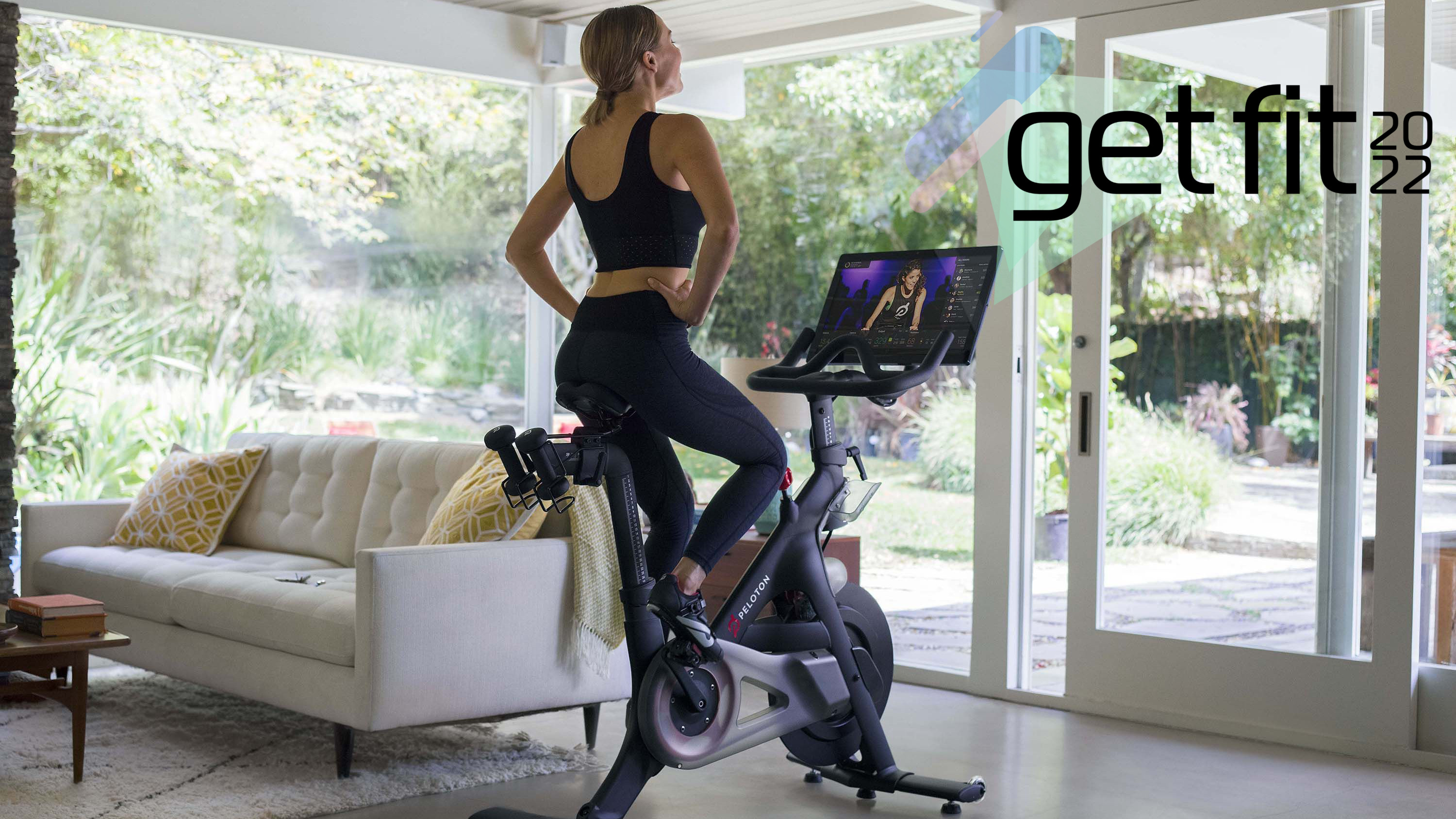
But is indoor cycling that good for you? That's a question many people have been asking themselves following the debut episode of Sex and the City spinoff series And Just Like That, in which the character Mr Big suffers a heart attack after an intense spin sessions and dies right by his bike.
Indoor cycling is certainly more relevant these days than ever before. With more people working remotely and a greater need to stay in the safety of home, exercise indoors has become a very important part of fitness and overall health – physical and mental.
The rise in popularity of indoor cycling will certainly attest to its uptake in recent years. Since services like Peloton (the company at the heart of the Mr Big storyline) and Zwift gamified home cycling by adding a big screen and the ability to ride with others, live, from all over the world, everything has changed.
As Wattbike's Adam Daniel points out: "The research suggests that riding indoors for one hour is the equivalent to riding outdoors for 90 minutes with regards to energy expenditure (if the intensity is similar)".
Now exercising in the home doesn't have to mean going into that pain cave alone. It also, crucially, doesn't mean you have to push yourself, but rather simply need the will to turn up and stay on the bike – and a trainer will take care of the rest.
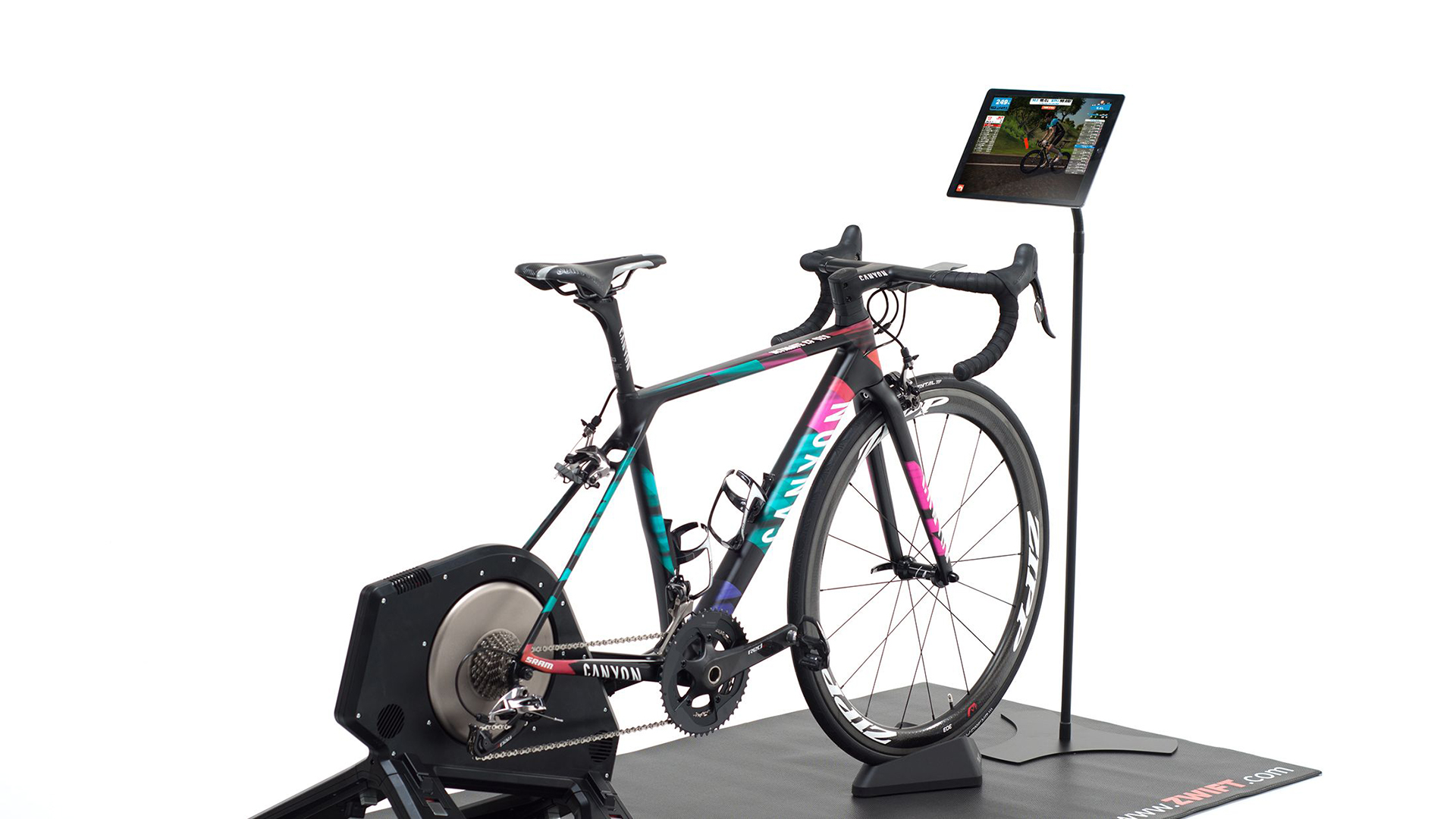
Which indoor cycling bike is best?
The big question, if you have decided to go for an indoor cycling bike, is which is the best for you? The big two categories to start narrowing it down from are fixed exercise bikes or turbo trainers that attach to a road-going bike. Then indoor bikes break down into upright, recumbent, studio spin and smart bikes.
The advantage of the turbo combo is pretty clear – you get a real world bike for cycling out and about when the weather is nice, and an indoor system for when you feel like churning out the miles in front of Netflix. A fixed indoor bike, on the other hand, takes away that choice, keeping you indoors even on sunny days.
Get daily insight, inspiration and deals in your inbox
Sign up for breaking news, reviews, opinion, top tech deals, and more.
We'd like to say the price reflects this obvious difference but it really doesn't. A top end indoor Peloton bike will set you back a few thousand just the same as a decent road bike combined with a top-end turbo trainer will. Of course in both cases there are more affordable alternatives.
One study did find that indoor cycling was actually more beneficial for health than regular outdoor bicycling. But of course, this is based on an intense spinning class, which isn't always what indoor cycling will lead to after a long day.
A top-end turbo trainer, which requires you to remove your bike's back wheel, means you're directly driving a flywheel to get resistance. A cheaper option will just clip to your tire and work like a glorified brake. The reason the flywheel system is better is that it will offer great degrees of control on resistance, making it feel more like a real ride. These are usually digitally smart too, meaning they can link to a screen and adjust the ride to suit what you're seeing – creating the feel of a real hill and even the incline as you see it on screen.
Of course then you get onto the issue of which bikes work your body the best.
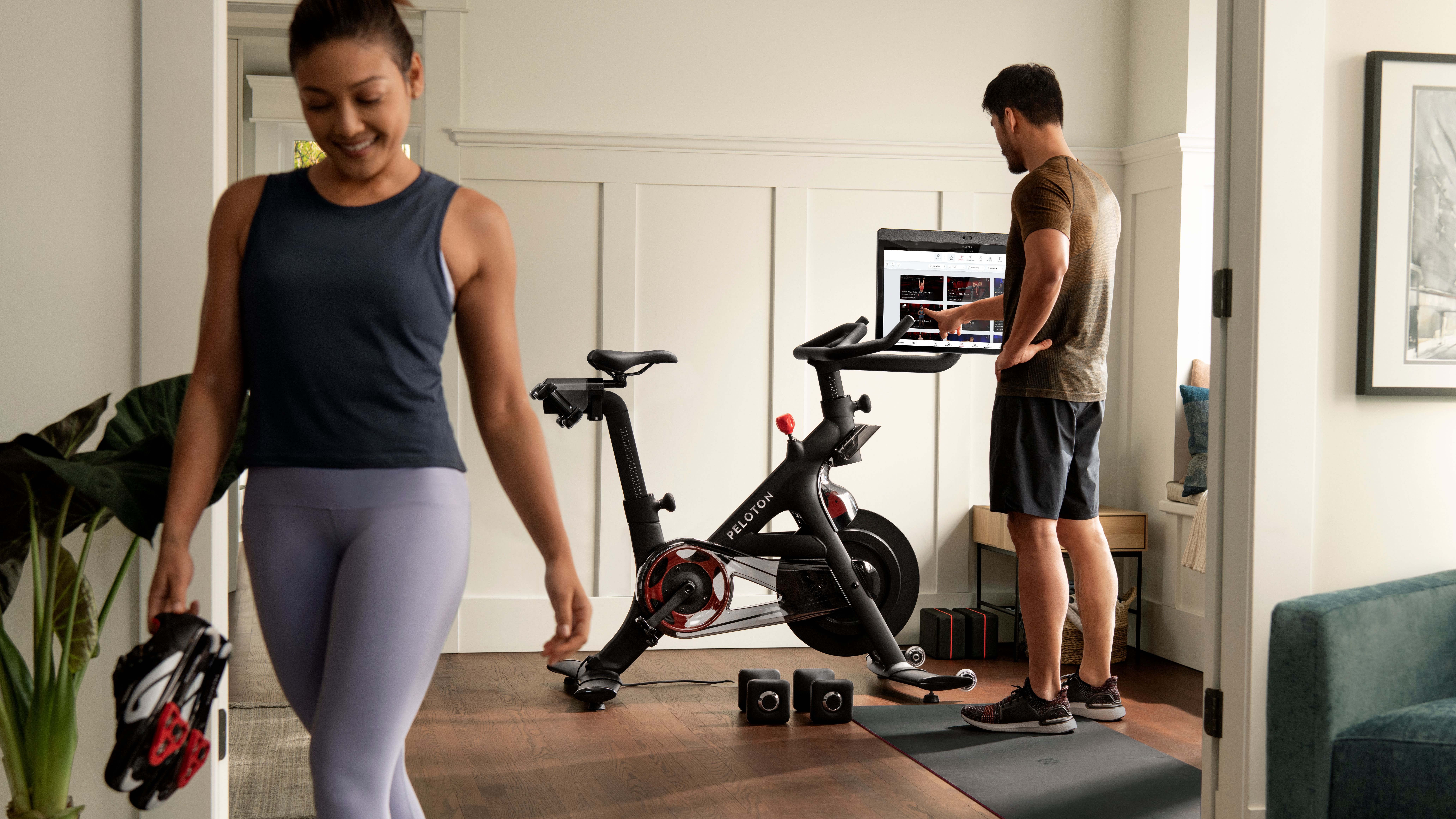
How does indoor cycling affect your body?
The basics here are pretty straightforward. You jump on an indoor bike, of any type, and you get your legs spinning up. That means, yup, you're working your legs. What's less obvious is all the other systems and muscles you can be working too.
Your legs are a great starting point, as they have been shown to demand a lot of calories and therefore help you burn fat, build muscle and enhance cardiovascular health. But get the right bike and you can do more.
A roller trainer, which uses a roller on which your bike's rear wheel balances, is a great way to also work on your upper body as it demands balance. That means you'll be working your core muscles, your obliques and even your arms and shoulders to keep upright as you cycle.
Cardiovascular health, mentioned already, is worth another comment. This is, essentially, your blood flow – how your body is fed its energy through oxygenated blood. When this works well, your organs are under less strain and operate better. That means lower chance of things like heart disease, infection and organ failure but it also means a better balance or hormones like serotonin – the happy hormone. So, yes, indoor cycling can be good for both your body and your mind.
Muscles used in indoor cycling, in nearly all cases, include core, upper body, back, glutes, quads, hamstrings and lower legs.
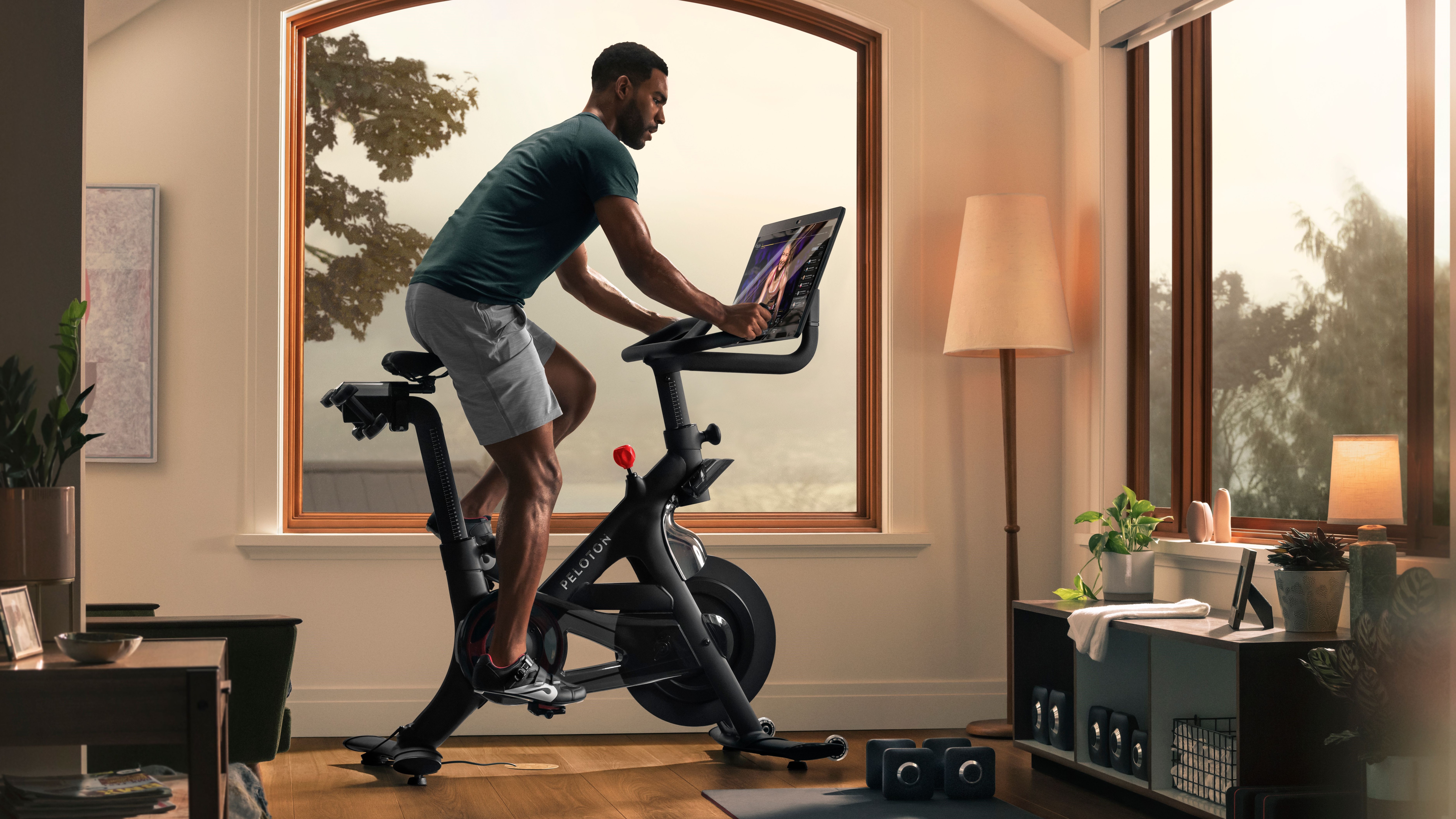
Is indoor cycling good for injury recovery?
As mentioned, indoor cycling is great for cardiovascular health. But unlike other cardio sports, such as running, this doesn't put a great deal of strain on the joints. As Olivia Neely, personal trainer at Starks Fitness, points out: "Indoor cycling is low impact and can be controlled in terms of effort."
The knees, specifically, are kept in a uniform position, which means less chance of injury from jarring, as might happen in something like football or tennis where direction changes are regular and intense.
Apex instructor Duncan Leighton says: "Indoor cycling is great for injury recovery - as a physiotherapist I recommend this to lots of my clients. Once you are set up, your lower limbs follow a fairly linear path with minimal impact - unlike running where the opportunity of flaring up an existing or old injury is quite high unless you have a fairly large amount of coaching."
As such, cycling, is a great sport for injury recovery, where body weight is taken off the legs while still allowing you to build and tone muscle for enhanced strength.
Can indoor cycling be dangerous for health?
The flip side of any exercise that pushes your body hard is that it can be risky. Of course this only really applies to endurance athletes or those with a pre-existing condition. But by pushing your heart to work hard on a regular basis it is forced to get stronger, just like those leg muscles. This growth has been found to cause scarring, aka cardiac fibrosis, which can lead to arrhythmia which is an irregular heartbeat.
To be clear, this is a very extreme case, for athletes training at a high level. But it's worth mentioning. Just don't use this as an excuse to avoid exercise as it's going to be better for your health to get on the bike – just not to go too far into the extreme, in some cases.
Olivia Neely, personal trainer at Starks Fitness, says: "It’s a well-known fact that indoor air can be slightly poorer quality. Ensure that the room is well ventilated by keeping a window or door open."
She also says: "Ensuring that you are well stretched and warm before sessions will prevent any harm but, as with everything, sometimes too much can be more damaging. It’s important to listen to your body and manage any muscle that is not playing ball."
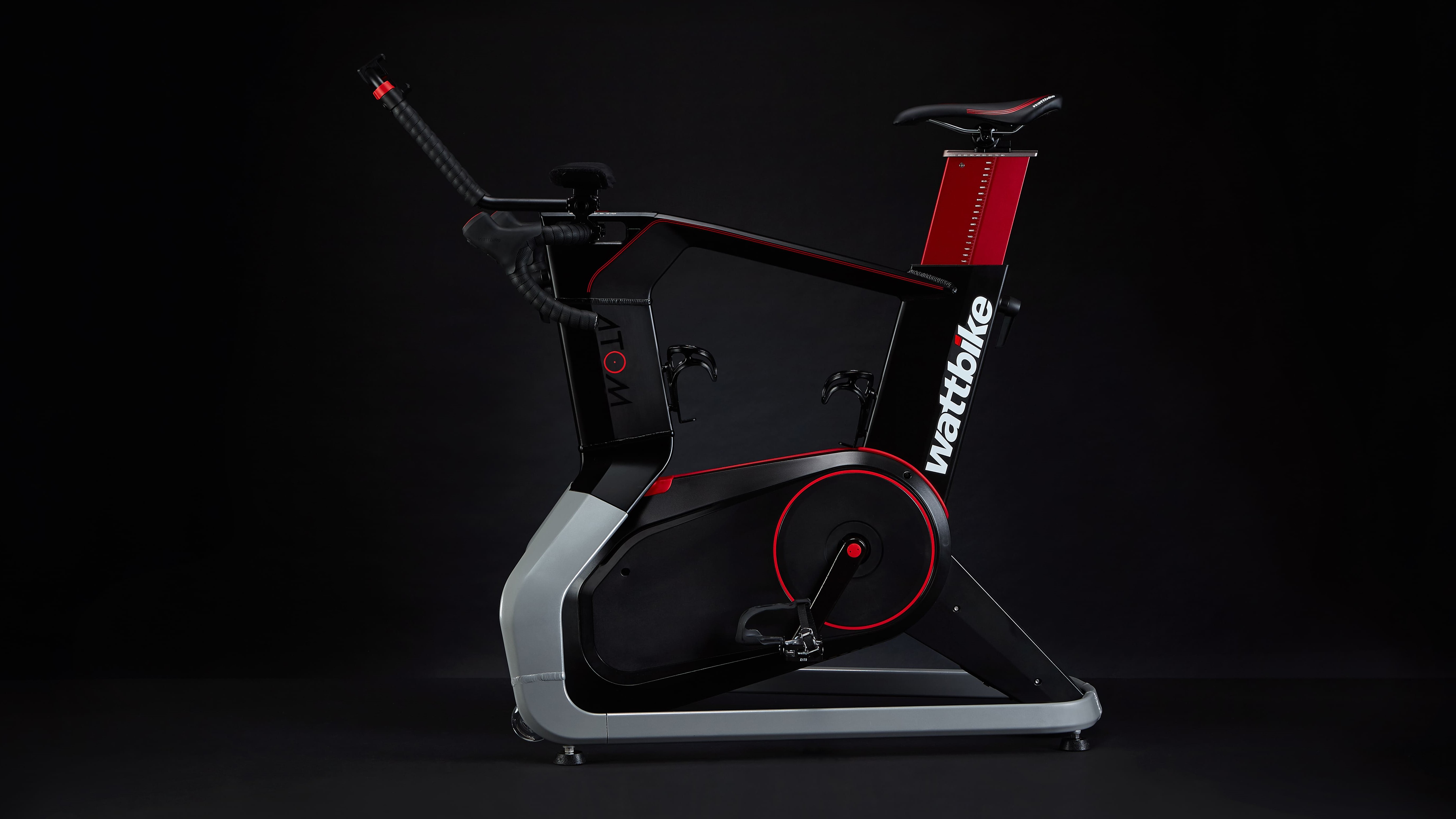
Which is the best fixed indoor bike?
Apex instructor Duncan Leighton says: "To keep it simple, the thing to look out for is magnetic versus contact flywheels. Contact flywheels, where a band or disc adds physical resistance to the wheel as you turn the dial up, can be noisy – not ideal if the baby is asleep or your housemate is trying to watch The Crown in peace.
"Bikes with magnetic flywheels allow you to get up to a high resistance (if you want to!) while the bike as a whole remains fairly light. This means the bike can be transported and moved around your home easier, is quieter and requires very little maintenance over the years."
Naturally, Apex bikes use the magnetic flywheel, combined with its own app that offers a wide selection of training options. This is a relatively affordable way to get a decent indoor bike along with training videos that will keep you motivated and progressing.
If you have more money to spend, then Peloton is a popular option. This is a more expensive setup, with a built-in screen and weights. You have access to a bunch of trainers and classes which you take with other riders, live, just like a spin class in a gym.
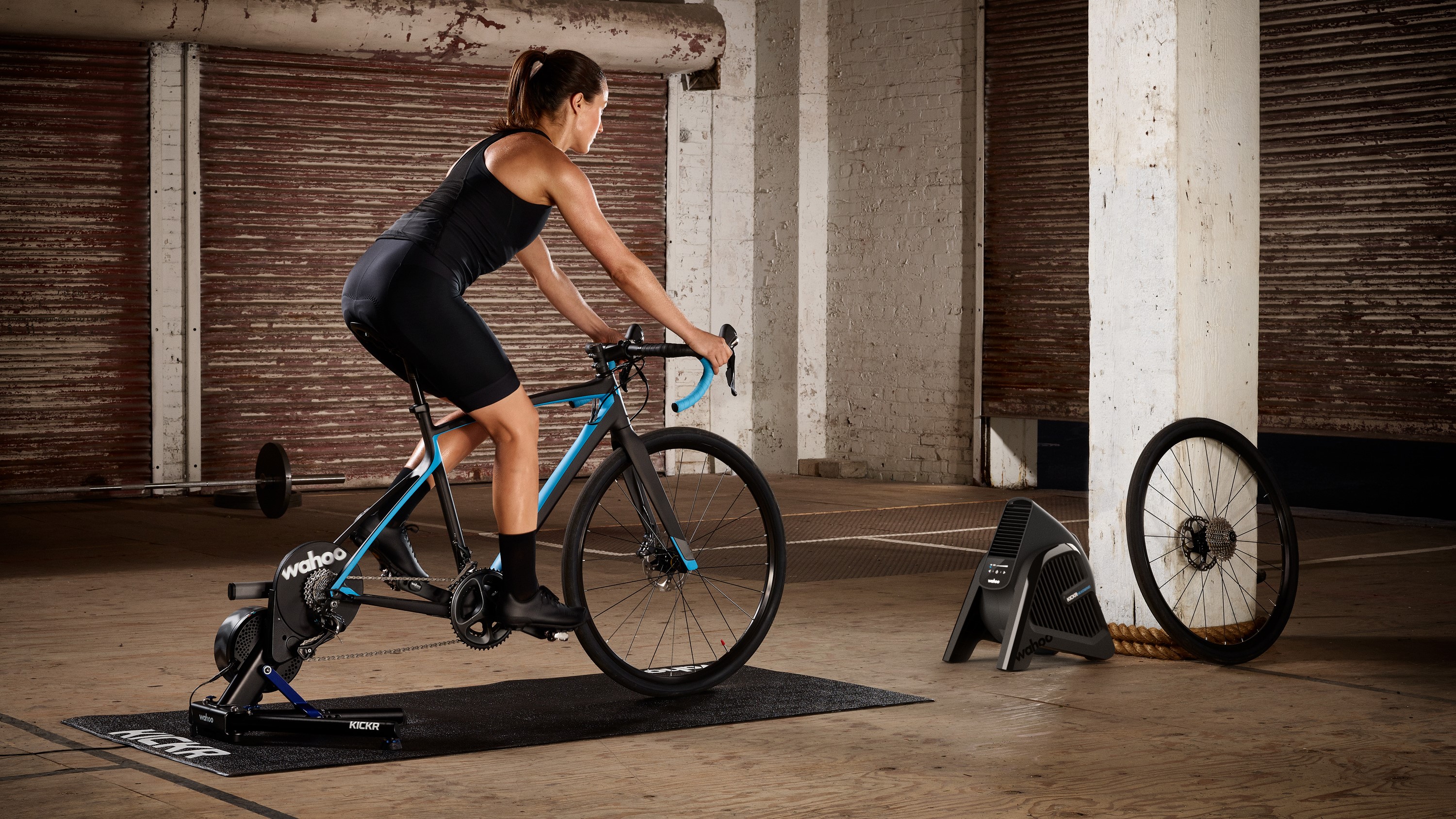
Which is the best turbo trainer?
Zwift combined with the Wahoo Kickr Smart Trainer is the ultimate combination. The Zwift app lets you train in virtual worlds riding alongside real world cyclists, including some professionals you may bump into – or be overtaken by – from time to time.
The Wahoo Kickr Smart Trainer has been the turbo trainer of choice for the Team GB cyclists as it offers supreme levels or resistance variation and smooth delivery. It's also super smart allowing it to work seamlessly with platforms like Zwift so you can train with lots of data and other riders to help keep you motivated and progressing to better health.
Conclusion
So, is indoor cycling good for you? In short, yes. Provided you pick the right bike and use good technique, regular indoor rides will help you improve your endurance, strength and cardiovascular fitness, without the impact of many other forms of exercise (including treadmill running).
If you don't want to make a long-term commitment and just need something to see you through a few months, it's also possible to rent an indoor bike. Equipment companies are regional, so fire up your preferred search engine to find one that serves your area.
This article is part of TechRadar's Get Fit in 2022 series – a collection of ideas and guides to help get your new year's health goals off to the right start, whatever your current level of fitness.
Luke is a freelance writer and editor with over two decades of experience covering tech, science and health. Among many others he writes across Future titles covering health tech, software and apps, VPNs, TV, audio, smart home, antivirus, broadband, smartphones, cars and plenty more. He also likes to climb mountains, swim outside and contort his body into silly positions while breathing as calmly as possible.
